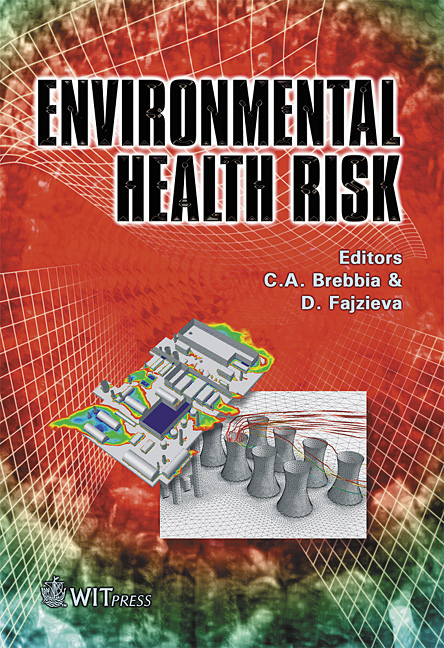Study On The Rate Of The Nurolithiasis In The Aral Sea Area And The Quality Of Potable Water
Price
Free (open access)
Transaction
Volume
5
Pages
7
Published
2001
Size
828 kb
Paper DOI
10.2495/EHR010101
Copyright
WIT Press
Author(s)
D. L. Arustamov, D. Kh. Fayzieva, R.B. Nurullaev and Yu. Yu. Klyopov
Abstract
Study on the rate of the urolithiasis in the Aral Sea Area and the quality of potable water D. L. Arustamov*, D. Kh. Fayzieva^, R. B. Nurullaev* and Yu. Yu. Klyopov* ^Research Center of Urology, Ministry of Health, Uzbekistan ^Institute of Water Problems, Academy of Sciences, Uzbekistan Abstract The Aral Sea Area is the stage of one of the most staggering man-made environmental disasters. The Aral Sea, once the fourth-largest inland body of water, is reduced to half its size and one-third of its volume as a result of overirrigation and cotton monoculture. Overirrigation also creates increasing soil salinity and degradation of drinking water sources. While the consequences for ecology and agriculture have been extensively researched, relatively little research is devoted to the public health consequences of the Aral Sea disaster. Of the health effects, high rates of urinary tract diseases in the Aral Sea Area are frequently mentioned. Urologic diseases were specified as the mo
Keywords





